Seatbones are the center of your body. They affect the rest of your frame and most importantly your balance.
Balance:
The balance of the centre of the body, affects the body above and below. Do you sit evenly on your seatbones? Do you have one hip more forward than the other? Do you have more weight on your front (Pubic Bone) or your bottom (Tailbone)?
SEATBONES: Three Quick Tests to see how even you sit
- One seatbone more forward
“Which seatbone do you think you have most forward?
Try this:
“Can you point your belly button to 11 o’clock, now 12 o’clock, now 1 o’clock…
now can you point it directly straight ahead” trying to locate and place seatbones is too hard for most people. But, talking about your belly button really works ! Unless you have had some medical misadventure your belly button is located in the middle of your torso
2. One seatbone heavier
On the Straight Line
Again your belly button can help you to fix this. Align your belly button with the zip of your jodhpurs, the middle of the pommel of the saddle and the horses wither. This will go a long way to fixing up any inbalance.
Your horse will step under your weight no matter what your hands and legs tell it to do however if the horse has wrong flexion and bend or a head tilt it will affect the results of you sitting correctly. It is best to start as balanced as you can and then sort out the horse biomechanics once you have yourself more correct.
On Turns or Circles
Try some turns…do one turn with the inside seatbone heavier. Then another with both level. Then another with the outside heavier, and see for yourselfwhat happens to your horse.
Simply keeping your helmet level to the horizon is a great help to stay balanced and fix your seatbones losing balance in the circle.
Keeping your elbows softly level, not allowing “tipping in” is easier to manage than if your shoulders tip in. And, level elbows help level seatbones.
Think of the Spanish School of Riding…their hats are level, and their gold buttons are level! The don’t lean in or fall in circles & turns.
3. The “other Seatbones” – Front & Back
When we talk about seat-bones, we nearly always think of the “left/right” ones. But, don’t forget the “front/back” ones! Your pubic bone and your tail bone.
The tailbone controls speed through on the forehand -vs- engagement.
A –Jockey leans forward in a race – minimum to zero contact of the tail bone.
A – Cowboy SITS in a slide – maximum contact of the tail bone.
The rider’s tail bone is like an “anchor” in a ship that “sits the horse down”, and the more sit, the slower they go. When a horse is engaged, their tail is lower to the floor. In that way both horse and rider “match”…Rider’s tailbone down = horse’s tailbone down.
How you sit can hurt your horse
Full engagement, “tailbone down”, the entire time, and eventually your horses stifles and hocks will suffer
The opposite goes for jumping, leaning forward (especially if your heel is up, throwing you onto your wrists for support). This puts the horse on the forehand, and the opposite end of the horse – the front legs suffer.
Over-arched back
You might hear from your coach “your back is too arched”, or “your seatbones point out the back”, or “sit deeper”. These are all accurate descriptions of the same thing, however, no matter how you try to fix it, you are still “overarched” and sitting on your pubic bone.
Slumping
The opposite is “slumping” where you sit too deep on your “pockets”
Here are two questions to ask yourself to help you change these problems:
- Does your belly button point up to the sky or down to the ground, or is it parallel to the floor.
- Which is heavier your pubic bone or your tail bone?
If you ask yourself the question: “which is heavier, my pubic bone or my tail bone?” the answer is immediate. You could then add in “how heavy is my tailbone out of 10?”. Then, try to make your tailbone a 4, now 2, now 9, now a 7 etc.
Keep changing the number UNTIL YOUR BELT IS LEVEL from side-one.
Fear & Injury:
If your seatbones are firmly “planted in place” technically you can never come off.
Pain:
Back Pain, Hip Pain, Lumbar Area – even knees & feet, your seatbones affect them all. The more the bones are in correct position, the less it’s going to hurt!
You cannot “engage your core 10 out of 10” for more than a few minutes, and even then, that’s not how the great riders stay on. They are totally relaxed….they’re not using their core to hold together bones in the wrong position. They train to find ways to support the bones into the correct position…and then they say they are relaxed. Of course there has to be a little bit of core and what you start with becomes less and less effort as you train your body to keep your seatbones correctly in place. If you are able to sit or stand you are using your core, you are just not putting effort into it once it becomes a habit because you have trained your body.
Injury to the Horse:
Help your horse by giving him a balanced, stable load to carry. As a beginner you will feel that you are working really hard and are using a lot of core. It does get easier to keep your seatbones in place.
Some GREAT FIXES for seatbone imbalance
Remember that your seatbones are the route of all evil. If they are not balanced they affect your shoulders your head your arms legs and feet and very definitely your horse and how he goes.
a) RIDE DOWNHILL
Is a quick way for learning to get your tailbone on the saddle and is one of the fastest ways to improve your balance and your confidence.
b) GIVE YOURSELF AN IMMAGINARY TAIL
Imagine sitting on your tail with it poking out towards your tummy. Think of taking it in both your hands and giving it a pull towards the sky to get your tailbone on the saddle.
C) BOWL OF WATER
Imagine a large bowl of water in your pelvis. Try to keep the water level even, not tipping any out the front or the back or either side to get yourself really even in the saddle. This exercise will help the slumper and the overarched back.
d) LIFT SOMETHING!
it’s not MUSCLE that keeps you on it’s ANGLE. It’s about the only sport where you can be an Olympian and overweight and a little unfit in the core, but have the right ANGLES of the feet, ankles, and SEATBONES, and NOTHING will pull you out of balance. When you’re lifting, thinking of a safe bicep curl. As you do the bicep curl, with something you are ACTUALLY LIFTING, your tail bone is FORCED into the saddle, you don’t have a choice. And, if it’s heavy enough – like when you are leading another horse that is being “reluctant” it forces every part of the pelvis into the correct position…All Four seatbones will be balanced where they need to be INSTANTLY!

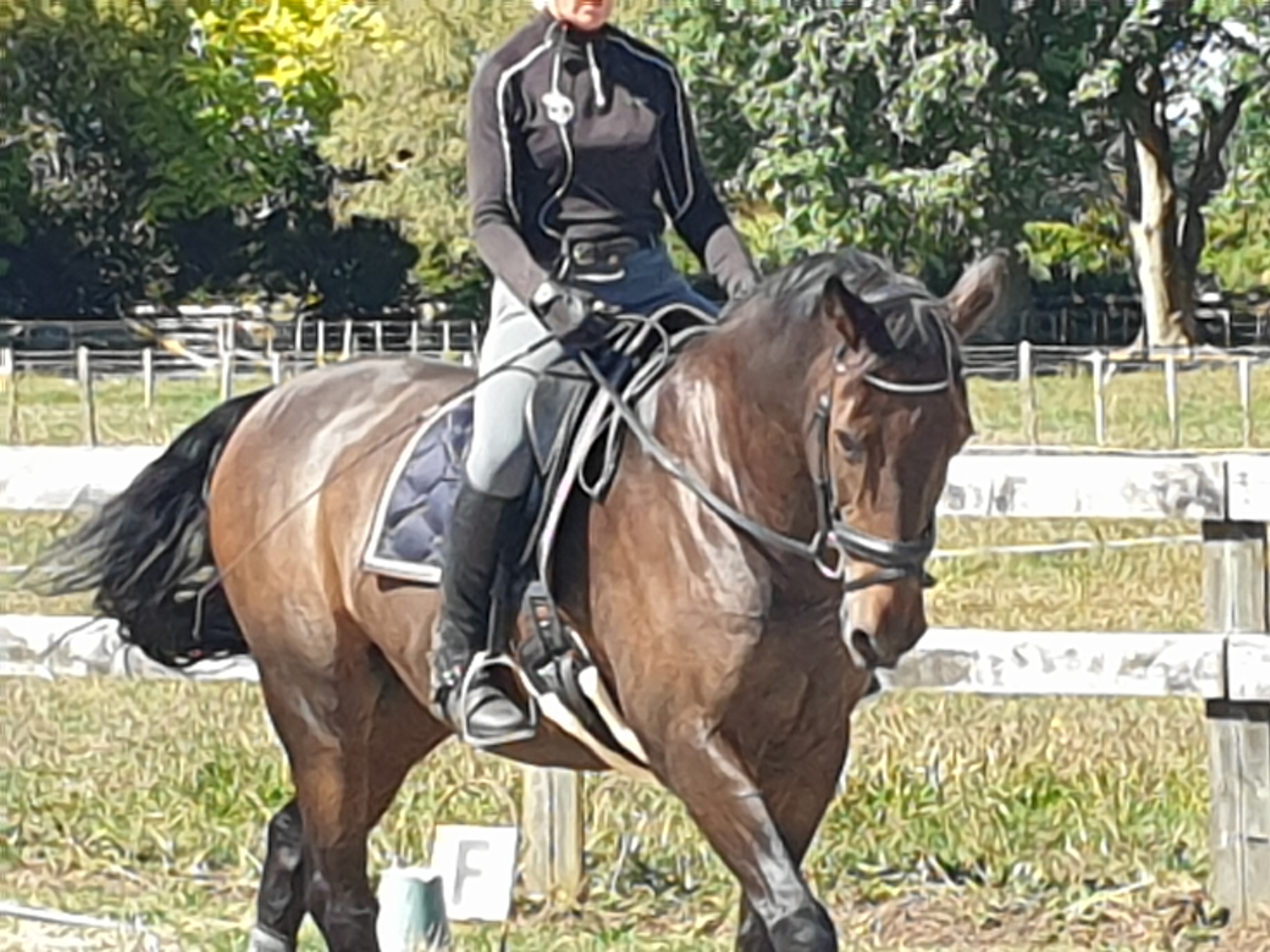
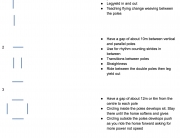
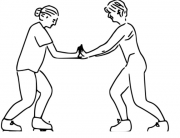
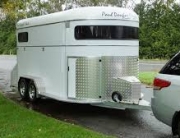

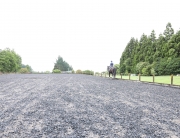
Follow Us!